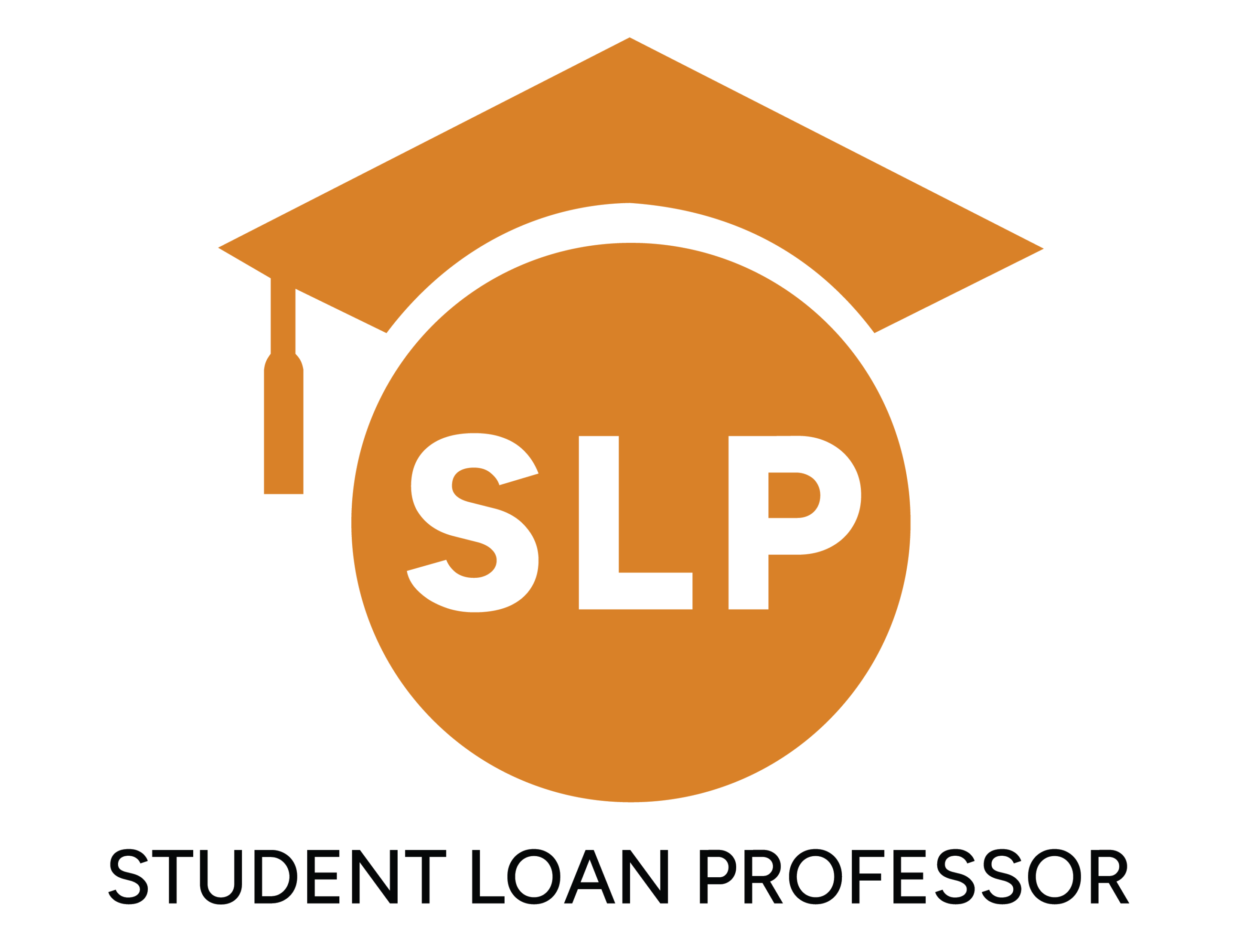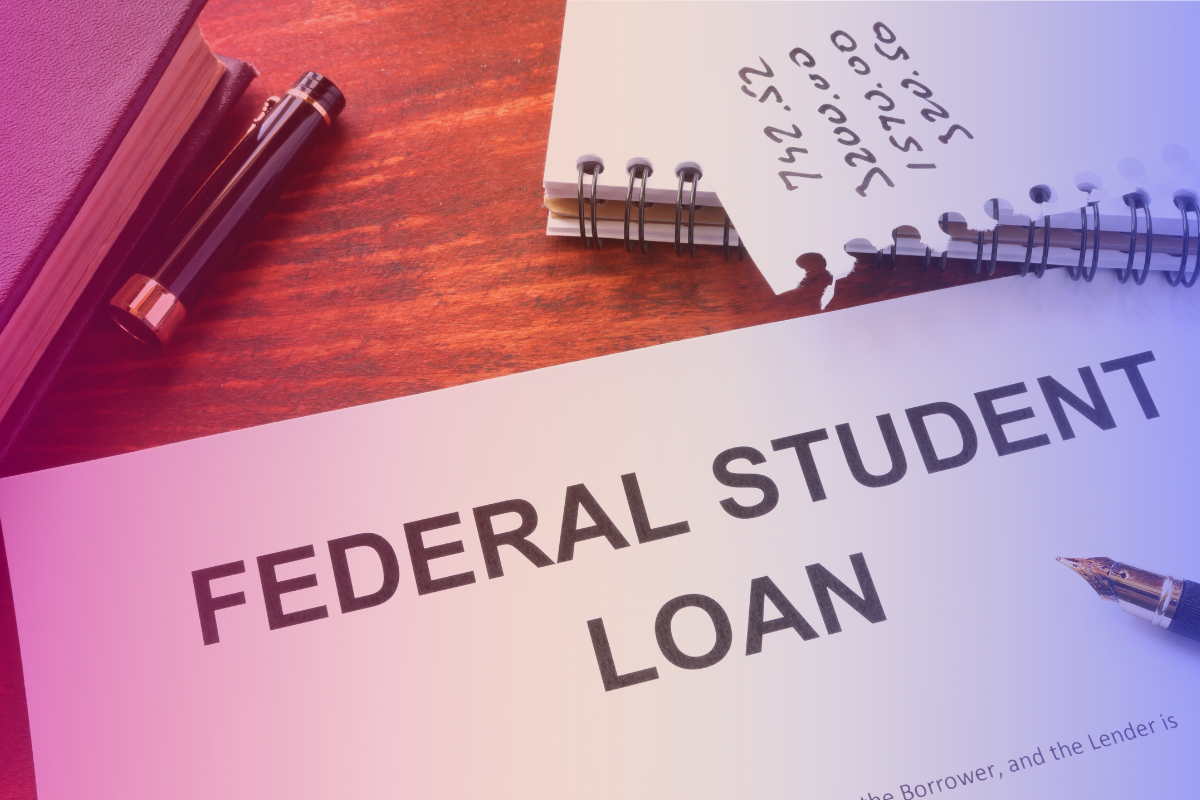Federal student loans are offered by the U.S. government to help students cover the cost of their higher education.
Unlike private loans, federal student loans are backed by the U.S. Department of Education and offer more affordable financing options.
With the right information, you’ll be equipped to make informed decisions, securing the aid you need to achieve your academic dreams.
Key Takeaways
- Federal student loans have lower interest rates and flexible repayment options.
- Key features include fixed rates, IDR plans, and loan forgiveness programs.
- Loan types: Subsidized, Unsubsidized, PLUS, and Consolidation loans cater to different needs.
- Repayment plans vary from Standard to Income-Driven options, based on financial circumstances.
What You Need to Know About Federal Student Loans
Federal student loans generally have lower interest rates and offer flexible repayment options, allowing you to adjust your monthly payments to ease your financial burden both during school and after graduation.
Other key features of federal student loans include:
- Fixed Interest Rates: The federal government sets the interest rates on federal student loans each spring. These rates are not based on individual borrowers’ credit and stay the same throughout the loan.
- Income-Driven Payment (IDR) Plans: Federal loans offer repayment plans based on your income to ensure that you aren’t overwhelmed by loan bills once you start working.
- Loan Forgiveness Programs: Federal loans also offer opportunities for loan forgiveness, particularly if you work in public service or certain nonprofit organizations.
- Deferment and Forbearance Options: In the event of financial difficulties or if you go back to school, federal student loans allow you to temporarily pause your monthly payments without penalty.
In a nutshell, federal student loans are a valuable resource for all students in need.
They allow you to secure funds for your education and give you access to government protections that help you manage your debt over the course of your loan.
Types of Federal Student Loans
The federal government offers several student loans designed to cater to different financial needs and circumstances.
Understanding the differences between these loans is crucial to selecting your ideal match. As such, here’s a breakdown of the main types of federal student loans:
Direct Subsidized Loans
Direct subsidized loans are available to undergraduate students who demonstrate financial need. That is, your eligibility for this loan is determined by comparing the cost of attending a school with how much you can contribute.
Because this loan is based on need, it also comes with better terms than other federal loan options.
For example, with this loan, the government will cover your interest as long as you’re enrolled in school at least half the time, for six months after graduation, and when on loan deferment.
Direct Unsubsidized Loans
These loans are available to undergraduate and graduate students regardless of financial need.
However, unlike subsidized loans, you will be responsible for paying the interest that accrues on your loan while you’re in school, after graduation, and during periods of deferment.
You can choose not to pay the interest while you’re in school, but it will accrue and be added to the total loan balance when you start your repayments.
Pro Tip: Direct unsubsidized loans are a good option if you need additional funds beyond what’s covered by subsidized loans or if you don’t qualify for need-based federal student aid.
Federal Direct PLUS Loans
Direct PLUS loans are designed for graduate or professional students (Grad PLUS Loans) and parents of dependent undergraduate students (Parent PLUS Loans).
They allow you to borrow more than other federal student loans but have higher interest rates and require a credit check.
According to the Department of Education, while an unfavorable credit history does not automatically disqualify you, it may negatively affect your PLUS loan application.
In some instances, you may even need an endorser (similar to a co-signer) to access this loan.
Direct Consolidation Loans
These loans allow you to combine multiple federal student loans into one loan with a single monthly payment and a fixed interest rate.
This new rate is based on the average of all the loans you’re consolidating.
According to the Department of Education, there’s no cost for this process, and consolidating your federal student loans will allow you to roll multiple loans into one easy-to-remember payment.
However, there are potential downsides to consolidation. For example, an extended repayment plan after consolidation may result in higher interest rates in the long term.
Additionally, consolidation makes you ineligible for federal benefits such as interest rate discounts, principal rebates, and most cases of loan forgiveness or cancellation.
Factors to Consider When Choosing Your Ideal Federal Student Loan
Before putting pen to paper on a federal student loan, here are some factors you should consider to help you make an informed decision:
Evaluate your financial needs
If you have a significant financial need, a Direct Subsidized Loan is likely your best option because of its lower costs and government-paid interest during school.
But if you don’t qualify for subsidized loans, a Direct Unsubsidized Loan is still a viable option to help cover your school expenses.
However, remember that your interest will accrue while you’re in school.
Consider your education level
For undergraduate degrees, first consider Direct Subsidized or Unsubsidized loans, depending on your financial needs.
If you’re a graduate student, or the parent of a dependent undergrad student, then you should look into Direct PLUS loans, which allow for higher borrowing limits.
Consider your borrowing limits
If your educational costs exceed the borrowing limits for Direct Subsidized or Unsubsidized loans, you can supplement your loan with a Direct PLUS Loan.
This allows you to borrow up to the total cost of attendance. However, it also comes with a higher interest rate and credit requirements.
Repayment flexibility
If you have multiple federal loans and want to streamline your repayments, consider a Direct Consolidation Loan. This option allows you to combine multiple loans into a single monthly payment.
However, doing so will make you ineligible for benefits like IDR plans and loan forgiveness. Consolidating your loans can also increase the total interest you pay over time.
Interest accumulation
Be aware of when interest starts to accrue on your loan. For example, Direct Subsidized loans don’t accrue interest while in school, saving you money in the long run.
However, Direct Unsubsidized loans and Direct PLUS loans start accruing interest on disbursement.
If the interest is left unpaid while you’re in school, it can accumulate and increase the overall cost of your loan.
Pro Tip: Consult a professional student loans expert for help finding your best federal loan and a suitable repayment plan.
For example, at Student Loan Professor, we can help create a custom plan to find and manage your ideal federal student loan while maximizing your savings.
Repayment Plans for Federal Student Loans
Understanding the repayment plans available to you is just as important as finding the right loan.
Federal student loans offer various repayment options designed to accommodate different financial situations.
Choosing the right repayment plan will impact how much you pay over the life of your loan and how manageable your monthly bills are.
Here are the primary loan repayment plans available to federal borrowers and how each works.
This is the default repayment plan for federal student loans. Here, you’ll make fixed monthly payments over 10 years.
The plan offers the shortest repayment term, meaning you’ll pay less interest overall but with slightly higher monthly payments compared to other plans.
If you can afford the monthly payment and want to pay off your debt quickly, this is the plan for you.
This plan starts with lower monthly payments that increase every two years. It’s designed to accommodate borrowers who expect their income to rise over time.
Keep in mind that while the initial payments are low, the interest accrues during this time, increasing the total amount paid over the loan’s life.
As such, you’ll end up paying more in overall interest over the life of your loan compared to the standard repayment plan.
The Extended Repayment Plan allows you to extend your repayment term up to 25 years, thereby lowering your monthly payments.
This plan is available to borrowers who have more than $30,000 in federal student loan debt.
However, while this plan makes monthly payments more manageable, it also significantly increases the total amount of interest you’ll pay over the life of your loan.
Income-Driven Repayment (IDR) Plans:
IDR plans adjust your monthly payment based on your income and family size.
These plans are designed to help lower-income borrowers by capping their monthly payments as a percentage of their discretionary income.
Examples of IDR plans include:
This plan caps your payments at 10% (for loans taken out on or after July 1, 2014) or 15% (for loans taken out earlier) of your discretionary income.
Monthly payments are also recalculated yearly based on income and family size.
This plan caps payment at 10% of your discretionary income, with any remaining balance eligible for forgiveness after 20 years.
However, to qualify, you must have taken out your first loan after October 1, 2007, and received a disbursement on or after October 1, 2011.
Income Contingent Repayment (ICR)
This plan caps payments at the lesser of 20% of your discretionary income or what you would pay on a fixed 12-year repayment plan.
ICR is available to any borrower, but it typically results in higher monthly bills compared to other IDR options.
Frequently Asked Questions
How Do I Know if I’m Eligible for a Direct Subsidized Loan?
Eligibility is determined through the Free Application for Federal Student Aid (FAFSA). From this, your school’s financial aid office will calculate your need based on the cost of attendance and your family’s financial situation.
What Happens if I Can’t Afford My Monthly Loan Payments?
Federal student loans offer protections that cushion you in such situations. For example, you can get an IDR plan and adjust your payments to match your income. You can also apply for deferment or forbearance and temporarily pause your payments.
Can I Switch My Repayment Plan Later?
Yes. If your financial situation changes, you can switch to a different plan that better suits your needs. For instance, if you move to a higher-paying job, you can switch from an IDR to a standard repayment plan.
Make Informed Decisions About Federal Student Loans
Navigating the world of federal student loans can feel overwhelming. However, with a proper understanding of the federal loan system, you can make decisions that will support your educational and financial goals.
At Student Loan Professor, we know this is easier said than done — which is why we diligently study the student loan marketplace, so you don’t have to.
Get in touch with us for help navigating the intricacies of federal student loans, from application to setting up a repayment plan that will save you money.
Brandon Barfield is the President and Co-Founder of Student Loan Professor, and is nationally known as student loan expert for graduate health professions. Since 2011, Brandon has given hundreds of loan repayment presentations for schools, hospitals, and medical conferences across the country. With his diverse background in financial aid, financial planning and student loan advisory, Brandon has a broad understanding of the intricacies surrounding student loans, loan repayment strategies, and how they should be considered when graduates make other financial decisions.




